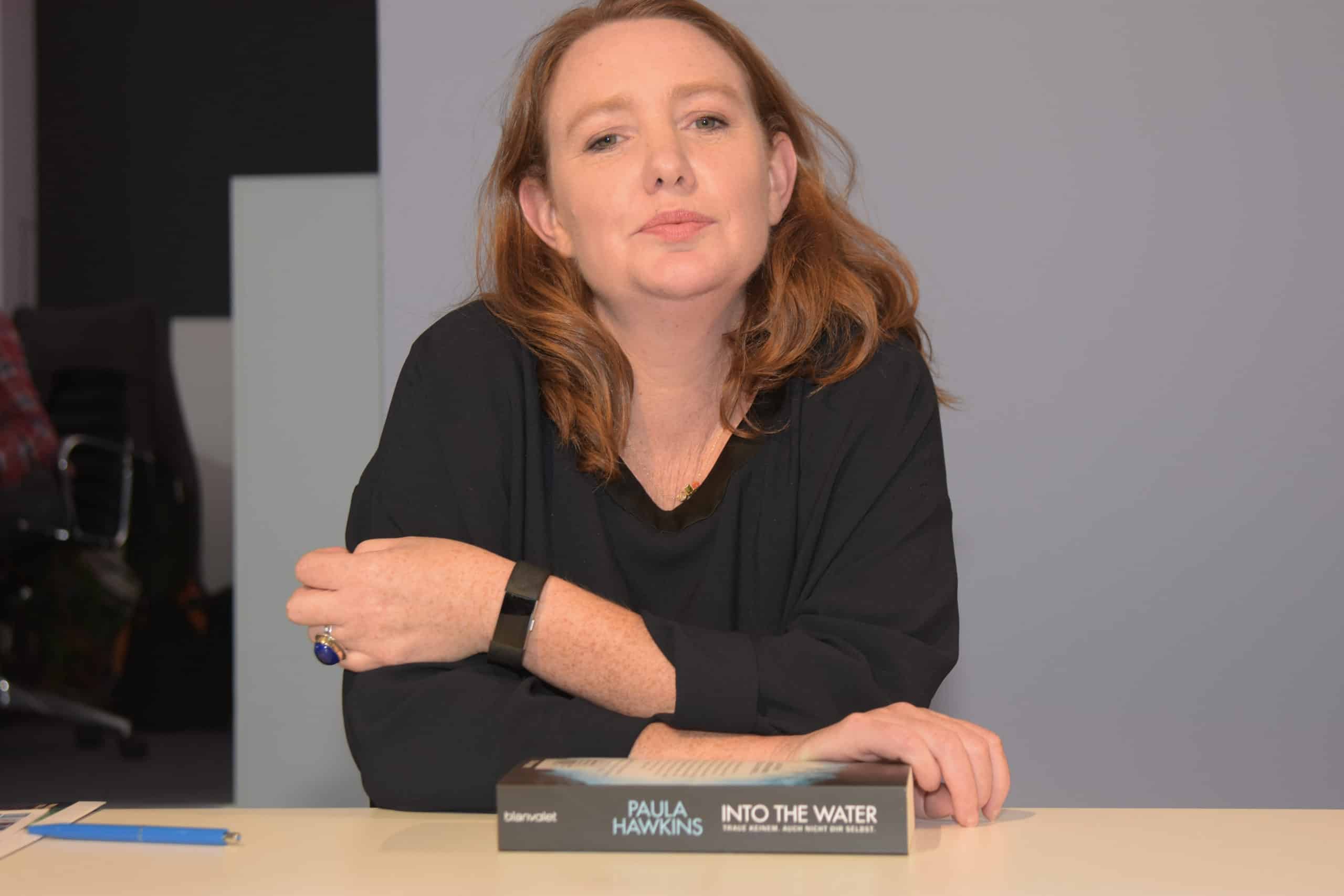From the author of The Girl on The Train, Paula Hawkins’ delivers a second novel that reminds readers how secrets can be the death of you.
It’s no surprise that Paula Hawkins’ novel The Girl on The Train shook the world. Following its release, everyone either had the book in hand or was heading out to see its movie adaptation. Thus, one can imagine how many were waiting in anticipation for her next psychological suspense; Into the Water.
The novel is set in the small rural town of Beckford because, as any mystery lover knows, small towns make for the best and most shocking murders. But in this particular novel, Beckford is not only a setting but also one of the book’s main characters, or more precisely, its river, which runs all the way across town, is. You see, at the end of the river sits a deep pool overlooked by a cliff, otherwise known as ‘the Drowning Pool’. Acting as the town’s graveyard for mad women and accused witches, over centuries the Drowning Pool has seen many women fall, willingly or unwillingly, to their death.
And that’s how the story begins. A single mother was found drowned. A couple months earlier, a teenage girl met the same fate. And while both cases were ruled as suicides, some are just not convinced, fearing that something, or someone, was behind the deaths. After all, with a town with a dark history as Beckford, one can only wonder if the river that runs through it covers up more than dead bodies. In a place where outsiders are unwelcomed, what could its residents be hiding? Spoiler alert; the answer to that question is: a lot!
Should You Read It?
Great books are usually great for a reason. For The Girl on The Train, that reason was Hawkins’ unreliable main character. By having her novel revolve around such a heroine, she completely changed how narrators were viewed and written. Consequently, many were expecting Into the Water to follow the same formula the author crafted for her first breakout novel… but she didn’t.
For starters, although her first novel was told mainly by one character, Into the Water is narrated by multiple characters. Now, this isn’t necessarily a drawback as all the characters are fairly unique, each bringing to life a different theme through their experiences. However, the multiple perspectives might not be for everyone.
While the inclusion of all these different characters helps in some way heighten suspense as their secrets and lies hint that they might just be guilty, their stories intertwining, constantly jumping between perspectives can be pretty confusing. Just as readers begin to understand a character and start piecing together their story, they’re suddenly thrown into another one’s life. Fortunately, readers can find comfort in one particular character, an outsider policewoman. She, just like them, is trying to figure out just how this town works.
Moreover, while Into the Water is categorized as a mystery, there isn’t really that big, heart stopping “Oh my God, I never would have thought they could” moment. While Hawkins does manage to include suspense, making you doubt almost every person in town, uncovering the potential killer seems to be a subplot, the novel focused on other themes and storylines.
However, it can be argued that it is through those other storylines that the mystery increases. As the author tells the tales of some of the more known women who’ve drowned in the river, from teenager Libby in the 1600s to the most recent murder right before the dead protagonist, readers can’t help but feel that everyone in town and their ancestors are connected, one way or another, to the Drowning Pool.
So, should you read it? If you are looking for the next The Girl on The Train novel, then perhaps this book is not for you. Though it does cover similar themes such as memory, women, repression and perception, they are brought around slightly differently. Instead of revolving around the crime, the deaths are used to investigate the various types of relationships found between individuals, families, and communities.
Hawkins used a new formula in this novel, testing out new techniques, formats, and styles. But who says change can only be bad? While a tad slower than her debut novel, Into the Water still manages to transport readers, or rather submerge them, into a world of secrets where they find themselves unable to leave the case of these women unsolved.
Photo: Markus Wissmann/Shutterstock
You might also like:
Support us!
All your donations will be used to pay the magazine’s journalists and to support the ongoing costs of maintaining the site.
Share this post
Interested in co-operating with us?
We are open to co-operation from writers and businesses alike. You can reach us on our email at cooperations@youthtimemag.com/magazine@youthtimemag.com and we will get back to you as quick as we can.









